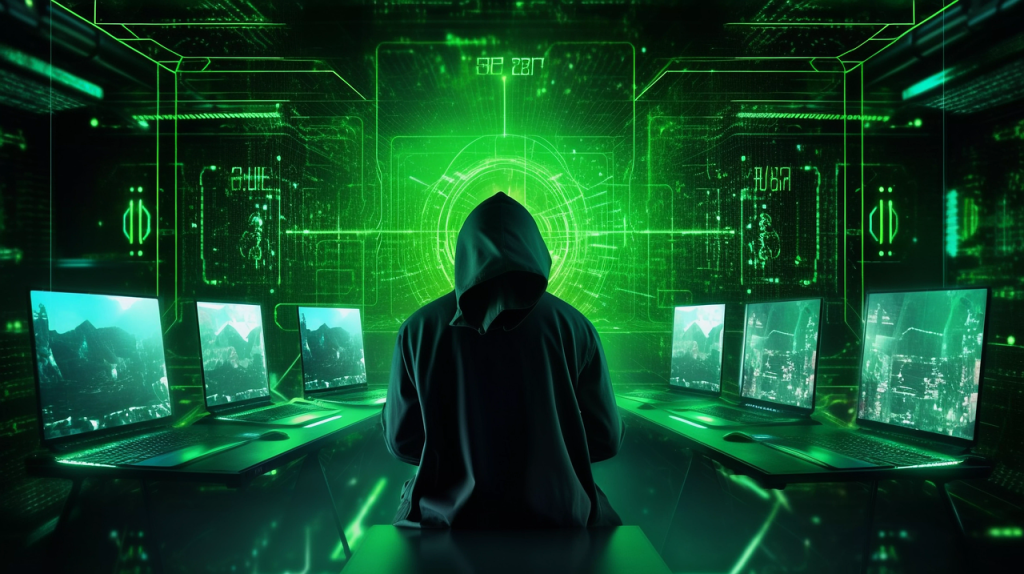Security has become a prime concern of any business and individual in the predominantly digital world. Cyber threats are always evolving, and with data breaches getting quite rampant, effective security measures have become all the more crucial. While firewalls, encryption, and other technical solutions are needed, very little attention is given to how graphic design can help in enhancing the security of the users. It may have huge implications for graphic design in terms of user interaction with security features, comprehension of risks, and the implementation of countermeasures against potential threats. This paper presents some ways in which graphic design can allow for enhanced user security through UI design, visual communication, and building a culture of security consciousness.
UI Design and Security
User interface design is a core aspect of how users see and interact with security features. Good UI design can make security intuitive and user-friendly, and empower the implementation of best practices by users. For example, clear visual clues, such as icons and color codes, should be used to enable the user to see at one glance which parts of a website or an application are safe.

An effective way to do this would be through contrasting colors for the security features. A bright green could represent a lock icon for a secure connection, and the red color could represent a warning symbol that points toward risks. By putting color psychology at work, designers can set off a right-away visceral response, nudging users into safe behavior.
Moreover, usability should be considered in designing all security features. An example can be the placement of password requirements and security tips, which must appear clear during registration for an account. Through these priority security interfaces, a graphic designer shall provide users with the ability for safety control online.
Visualization in Communicating Security Risks
Effective visual communication is about relaying security risks and best practices to users. Unlimited Graphic design can take complex information and turn it into material that is digestible to individuals. Infographics could show, for instance, what might happen in case a person is using weak passwords or never updates his software regularly.
Clear and concise visuals can go a long way to make users understand why it is important to implement security measures. For example, an infographic of how to choose a strong password may serve to remind users how to do just that. Real-life examples within a visual make the risks more relatable, hence motivating users to act.
Another key aspect of visual communication is that it should be done consistently on all platforms. This would result in the same color palettes, typography, and iconography visual elements across a product, providing a smooth user experience. Consistent visual design can help users identify security categories, know how to interpret them and understand their importance for good security practice.
Encouragement of a Security-Aware Corporate Culture
Graphic design can drive a security-conscious culture within organizations. Security messaging may be baked into common design elements in everyday life, increasing awareness and empowering behaviors for safety among employees and users alike.

For example, security reminders in a staff newsletter or posters can help keep security top of mind. Messages may also be enhanced by illustrations, icons, or other visual elements to aid in engaging the various audiences. To keep security top of mind, organizations could engage staff in keeping safe practices first and foremost by creating materials that are visually appealing and convey the importance of security.
Graphic design can also be used in training materials to increase understanding and retention of the security protocols. This information can be effectively passed through interactive presentations, videos, and e-learning modules. The approaches help in presenting visually, hence making it more fun and effective in learning about security. It helps the employees not only to know about security measures but create a culture of vigilance and responsibility.
Design for Empowerment
This comes to one of the most important points in user security: empowering the users themselves. This can be achieved through graphic design, such that users will be empowered with knowledge and capability to enable self-security in the online world.
One of the ways this could be achieved is through the use of a user-friendly dashboard that shows the security settings and alerts. A good dashboard would let the user see, at a glance, their security situation and, consequently, help them make good choices regarding their cyber safety. Indicators can be added, such as progress bars or checklists, that nudge toward the completion of tasks, like turning on two-factor authentication or updating passwords.
Moreover, herein, is an indication that education, such as tutorials and FAQs, could be in a good graphical manner that would help users recognize features about security and safety practices. The designers could well make use of graphics, animations, and numerous stepwise guides to author interactive content that would demystify security processes and deliberately encourage the users to take control of their security.
Conclusion
The enhancement of user security is multifaceted and holistic in the digital age. Graphic design can play an important role in the way users interface with such security features, while technical solutions will form an integral part of the process. This would be possible through a focus on user interface design and effective visual communication to build up a security culture.
The need to integrate graphic design will have to arise as more organizations begin to understand the necessity of security in business operations. Through Unlimited Graphic Design, its principles can be leveraged to ensure the creation of intuitive, engaging, and empowering experiences that can help ensure safe online behaviors. Ultimately, a collaborative approach between graphic designers and cybersecurity experts to a safer digital world for all will mean that security is something that is designed into the user experience right from the beginning, not tacked onto the very end.
